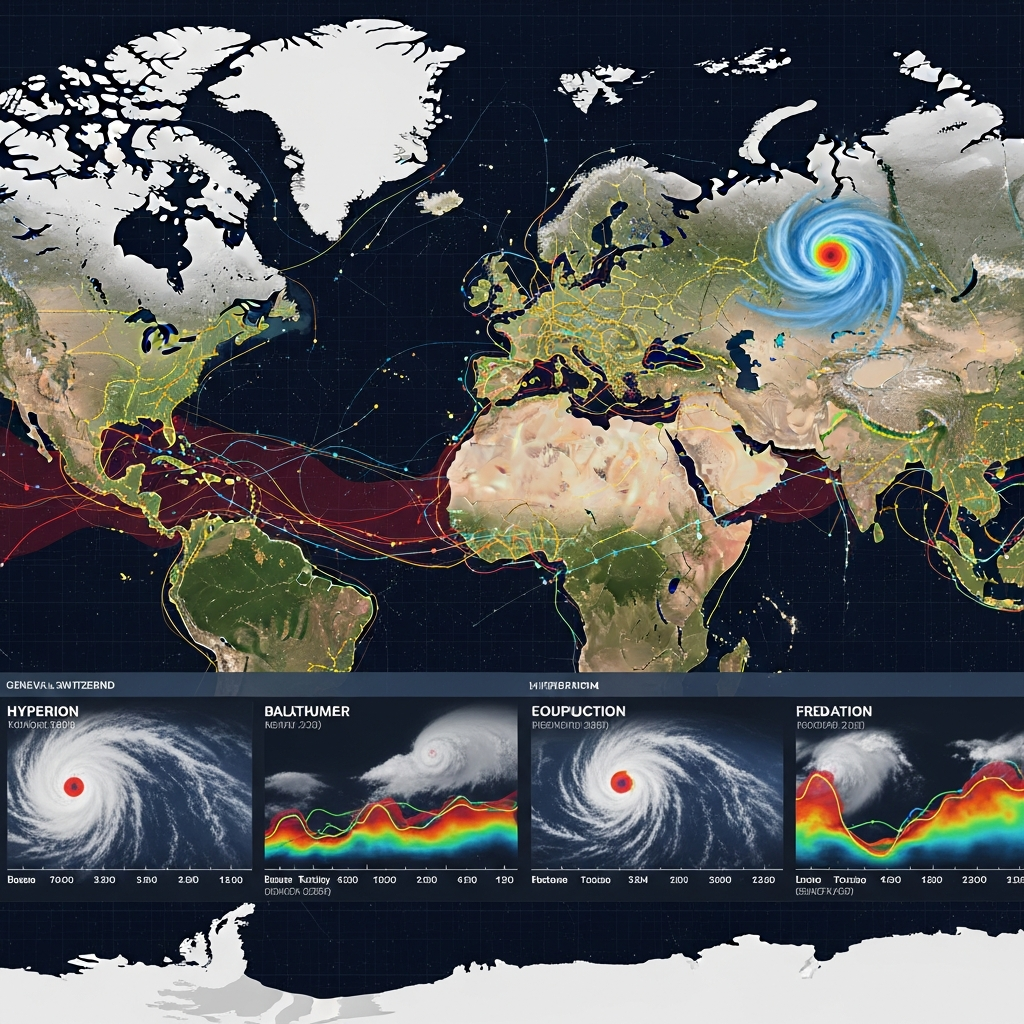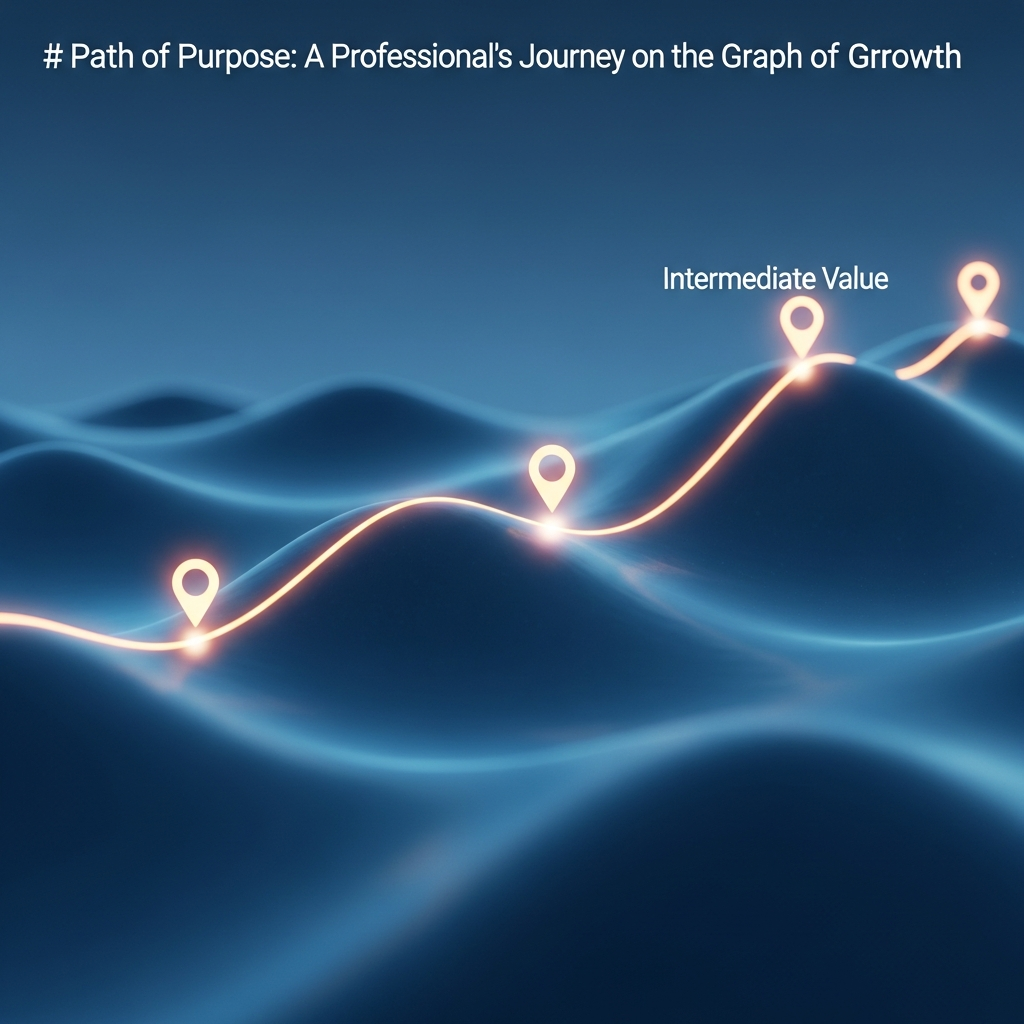In a world constantly shaped by unforeseen events, the quest to understand and anticipate the future has never been more urgent. From global supply chain disruptions to sudden weather phenomena, unpredictability often dictates outcomes. Yet, a revolution is underway, powered by artificial intelligence (AI) and advanced data analytics, that is transforming our ability to forecast the seemingly unforeseeable. This comprehensive guide explores how diverse sectors are leveraging cutting-edge technologies to make smarter, faster decisions by predicting the unpredictable.
The Dawn of Predictive Intelligence
For centuries, humans have relied on intuition and past experiences to forecast future events. However, the complexity and velocity of modern challenges demand more sophisticated approaches. Today, organizations are moving beyond reactive responses to proactive strategies, utilizing vast datasets and powerful algorithms to gain a crucial competitive edge. This shift from gut feeling to data-driven insights marks a significant paradigm change across industries.
The core of this transformation lies in predictive analytics, machine learning, and AI. These technologies can process immense volumes of data, identify intricate patterns, and build models that project future probabilities with remarkable accuracy. This analytical firepower allows decision-makers to anticipate shifts, mitigate risks, and seize opportunities in ways previously unimaginable. It’s about not just seeing what happened, but understanding what will happen.
From Instinct to Algorithms: A New Era of Forecasting
The natural human instinct to predict is now augmented, and in some cases, redefined by algorithms. Modern AI systems learn from continuously updated data, becoming sharper and more precise with every iteration. This iterative learning process is key to handling dynamic environments where traditional methods fall short. The goal is not to replace human judgment entirely but to empower it with unprecedented intelligence.
These advanced systems analyze everything from real-time operational data to external factors like weather and market trends. They go beyond simple correlations, uncovering complex relationships that influence outcomes. This holistic approach ensures that predictions are not just educated guesses, but statistically robust probabilities that can inform critical strategic planning.
Unmasking Uncertainty: Diverse Industry Applications
The impact of advanced predictive intelligence is evident across a remarkable range of fields, each grappling with its unique brand of unpredictability. From the high-speed drama of sim racing to the vital cycles of agriculture, technology is proving invaluable.
Revolutionizing Sim Racing & eMotorsport Strategy
In the high-stakes world of sim racing and eMotorsport, predictive analytics has become a strategic partner. Instinctive forecasting, once central, is now amplified by real-time data and risk models. Teams gather extensive telemetry—including throttle input, brake pressure, and tire wear—feeding it into algorithms. These systems then forecast car behavior several laps in advance. This turns reactive feedback into proactive intelligence.
Virtual pit walls, mirroring real-world paddocks, simulate the impact of variables like pit windows, safety car deployments, or sudden weather changes. These insights are not speculative; they are built on continuously learning data models. Even amateur leagues are adopting accessible analytics platforms, uploading telemetry for predictive suggestions on fuel loads or tire compounds. This makes data literacy as crucial as driving skill. Despite algorithmic precision, human intuition remains paramount. The best sim racers use data to inform decisions, recognizing that models have limitations and can be invalidated by unexpected events, like a rival’s unpredictable move.
Navigating Volatility in Intermodal Freight
The intermodal freight industry faces unique challenges, especially during periods of geopolitical tension. Intermodal analyst Larry Gross, with 45 years of experience, notes that recent trade wars have plunged the sector into “unprecedented and unpredictable territory.” His insights highlight how tariff changes create immediate and often surprising ripple effects. For instance, an initial surge in imports to beat tariff deadlines was followed by an “air pocket” of container volume when 145% tariffs were imposed. It took an unexpected five to six weeks for this decline to manifest in U.S. railroad volumes.
Gross anticipates a “mini surge” when tariffs are temporarily reduced, but the long-term outlook remains uncertain, hinging on trade talks. The trade war disproportionately impacts different U.S. regions; the West Coast, where Chinese imports constitute 57.5% of containers, feels the effects more acutely than the East Coast (25.6%). Moreover, shifts in Asian trade routes to East Coast ports, driven by resolved labor uncertainties and avoidance of Red Sea dangers, further compound challenges for Western carriers. This volatile environment highlights the critical need for sophisticated predictive tools to forecast volume shifts and manage complex supply chains.
Harvesting Precision: AI in Agricultural Forecasting
Agricultural production is inherently unpredictable, influenced by countless variables from weather to pest outbreaks. This variability creates significant commercial challenges, especially for delicate, high-value crops with short shelf lives like strawberries. Belgian company Möbius tackled this with an AI solution for Coöperatie Hoogstraten, a major strawberry producer. Their AI model integrates internal historical data (production volumes, plant varieties, cultivation methods) with external information (weather, solar radiation, temperature).
This creates hundreds of derived time series, leading to over 500 input variables. The AI uses genetic algorithms to test strategies, selecting the most effective ones and continuously improving its accuracy. Jonathan Aelterman of Möbius describes it as a “weather app, but for business management,” providing forecasts up to seven weeks ahead with around 90% accuracy. A notable success was predicting a strong production peak in May. Hoogstraten proactively launched a promotion, selling ten times the usual volume at a 50% higher price. This demonstrates the tangible value of AI in transforming uncertain forecasts into actionable business intelligence for agriculture.
Battling Nature’s Fury: Advances in Hurricane Prediction
Predicting the unpredictable wrath of nature, particularly hurricanes, has seen groundbreaking advancements. Digital Meteorologist David Nazario, reflecting on the impactful 2024 hurricane season, highlights significant improvements in forecasting capabilities. A key driver is the Hurricane Analysis Forecast System (HAFS), a sophisticated computer model suite developed by NOAA and the National Hurricane Center. Operational since June 2023, HAFS (A and B versions) integrates data from within storms—including reconnaissance flights, weather balloons, and ground observations—to analyze internal hurricane mechanisms.
Unlike previous models focused on the surrounding environment, HAFS predicts complex phenomena such as eyewall replacement cycles, dry air intrusion, and diurnal maximums and minimums. These internal dynamics are crucial for determining a storm’s track, intensity, and ultimate impact. During the 2024 season, HAFS showed an 8% improvement in track forecasts and a 10% improvement in long-range intensity forecasting. Crucially, HAFS “captured Milton to the T,” accurately predicting its size, shape, and two rapid intensification phases to Category 5, even before the storm had fully formed. These “enormous improvements” represent significant strides towards saving lives and mitigating disaster.
The Art and Science of Sports Prediction
Even in sports, where human performance introduces immense variability, the drive to predict the unpredictable persists. The 2025 MLB season, described as “tumultuous,” showcases the blend of statistical analysis and human intuition in forecasting. For instance, Wesleyan Argus sports writers offered detailed World Series predictions, acknowledging the chaotic regular season. Ethan Lee predicted the Yankees over Phillies, citing offensive resilience and starting pitching depth. Anna Thomas foresaw a “vibes-based” Mariners victory over the Brewers, highlighting Seattle’s grit and Milwaukee’s “small ball” tactics.
Spencer Landers picked the Cubs over the Tigers, noting Chicago’s well-rounded team and Detroit’s star pitcher Tarik Skubal. Max Forstein backed the Phillies over Mariners, emphasizing Philadelphia’s formidable offense and pitching. Each prediction, while rooted in team statistics and player performance, also incorporated qualitative factors like team momentum, historical context, and personal biases. This demonstrates that while data informs, the inherent human element of competition often defies perfect algorithmic prediction, making the blend of analysis and nuanced judgment essential.
The Future of Prediction: Integrity, Accessibility, and Human Synergy
As predictive intelligence continues to advance, its future hinges on several critical aspects: trust, transparency, and the symbiotic relationship between human and machine. The goal is not just to generate forecasts but to build systems that are explainable, reliable, and accessible.
Building Trust: Transparency and Explainable AI (XAI)
For predictive models to be truly valuable, users—whether drivers, engineers, or consumers—must trust them. This means moving towards greater transparency. In eMotorsport, “predictive integrity” is emerging as a new form of sportsmanship. This concept emphasizes the accuracy and accountability of data-driven systems. Implementing explainable AI (XAI) features, which visualize confidence levels in recommendations or show which variables most influenced an outcome, fosters credibility. When users understand the rationale behind a prediction, they are far more likely to rely on it. This principle extends to anti-cheat measures and lap-time validation, ensuring fairness in competition.
Democratizing Data: From Professionals to Enthusiasts
What was once exclusive to professional teams and large corporations is rapidly becoming accessible to everyone. The proliferation of accessible analytics platforms means that even amateur leagues or smaller agricultural operations can leverage sophisticated predictive tools. This democratization of data and AI empowers a broader range of users to make informed decisions. It scales and sophisticates the inherent human drive to predict, bringing advanced capabilities to a wider audience and fostering innovation across communities. This ensures that the benefits of predicting the unpredictable are not confined to an elite few.
Frequently Asked Questions
What technologies are driving advancements in predicting unpredictable events?
The primary technologies driving advancements in predicting unpredictable events are artificial intelligence (AI), machine learning (ML), and advanced data analytics. These systems process vast datasets, identify complex patterns, and build predictive models. Specific applications include real-time telemetry and risk models in sim racing, genetic algorithms for agricultural forecasting (as used by Möbius), and sophisticated meteorological models like the Hurricane Analysis Forecast System (HAFS) developed by NOAA. These technologies enable continuous learning and adaptation, improving accuracy with every new piece of data.
Which industries are currently seeing the most significant benefits from predictive analytics?
Predictive analytics is delivering significant benefits across numerous industries. In sim racing and eMotorsport, it enhances strategic decision-making through real-time data and risk modeling. The intermodal freight industry uses it to navigate trade war impacts and predict volume shifts. Agriculture leverages AI, as demonstrated by Möbius’s 90% accurate strawberry yield forecasts, to optimize production and sales. Meteorology has made “enormous improvements” in hurricane forecasting with systems like HAFS, which predicted Hurricane Milton’s rapid intensification phases even before formation. Even in sports, predictive models augment human analysis, blending statistics with nuanced judgment.
How can organizations ensure trust and transparency in their predictive models?
Ensuring trust and transparency in predictive models is crucial for their adoption and effectiveness. Organizations can achieve this through several methods. Implementing Explainable AI (XAI) features helps users understand the rationale behind predictions, such as visualizing confidence levels or identifying key influencing variables. Promoting “predictive integrity,” which emphasizes accuracy and accountability, is also vital, especially in competitive environments like eMotorsport. Furthermore, open data sharing and model validation processes can build credibility. Ultimately, a balance where human intuition informs and is informed by data, rather than being dictated by it, fosters greater confidence in the system’s output.
Conclusion
The era of truly predicting the unpredictable is upon us, driven by remarkable advancements in AI and data science. From optimizing supply chains and forecasting crop yields to anticipating natural disasters and informing competitive strategies, these technologies are fundamentally reshaping how we interact with an uncertain future. While the inherent variability of life ensures some level of unpredictability will always remain, the tools available today empower us to make significantly more informed and proactive decisions. Embrace the future of data-driven insights and transform your approach to the unknown.




